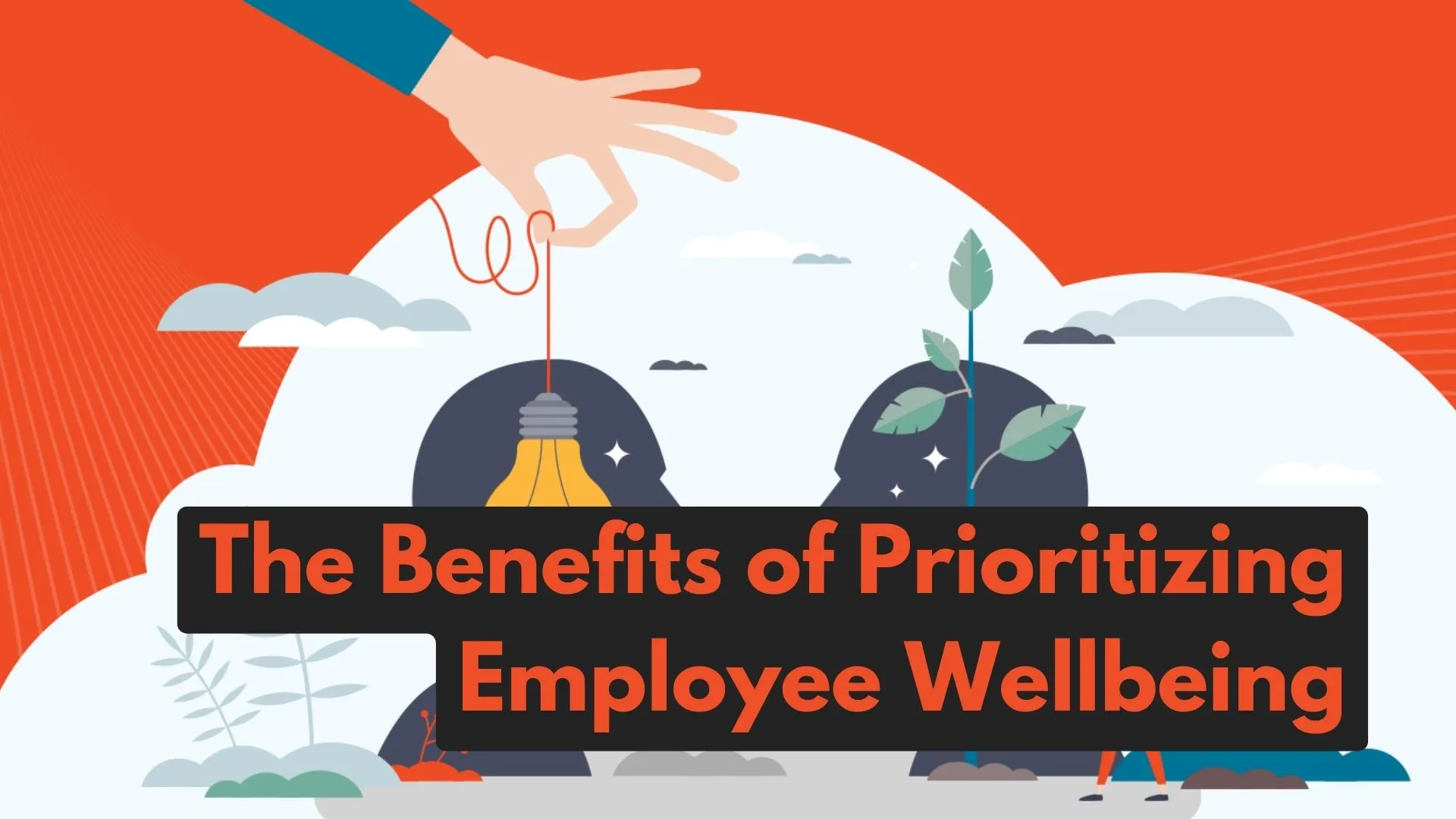A company’s most valuable asset is its people. When organizations invest in their employees’ health, well-being, and overall quality of life, they reap significant rewards in productivity, engagement, retention, and more. Prioritizing people pays off tremendously for both workers and the business.
Improved Health Outcomes
Perhaps the clearest benefit of investing in employee well-being is better physical and mental health outcomes.
Programs that promote healthy behaviors – like providing access to fitness resources, offering nutritional guidance, holding a corporate step challenge, or giving mental health days – enable employees to reduce health risks and enjoy an overall improved quality of life.
Investing in employee well-being leads to fewer absences, higher energy levels, decreased healthcare costs, and beyond. Holistically supporting people pays dividends through a healthier, happier workforce.
Increased Engagement and Loyalty
When employees feel cared for and supported, they respond with higher engagement, motivation, dedication, and loyalty to their workplace.
Wellness initiatives provide a clear signal to workers that their personal quality of life matters to leadership.
This cultivates an emotional connection and sense of reciprocal investment that energizes employees, fueling passion and meaning in their work.
Engaged team members are more productive, creative, and committed for the long term.
Enhanced Workplace Culture
Supporting physical health, work-life balance, financial wellness, mental health, community connections, continued growth opportunities, and more contribute to a thriving workplace culture where people feel fulfilled, valued, and purposed in their work.
Investing in the whole-person development of employees makes a tangible difference in the day-to-day enjoyment, camaraderie, development, and fulfillment people experience in their jobs.
This pays incredible dividends for people and workplace culture alike.
Reduced Employee Turnover
High turnover is one of the costliest consequences of failing to invest in employee wellbeing. Workers who feel dissatisfied, disconnected, burnt out, or unsupported are far more likely to quit their jobs in pursuit of better opportunities.
However, organizations that prioritize employee quality of life benefit from significantly higher retention rates.
When people feel cared for and invested in over the long haul, they are much more likely to respond in kind through a long-term commitment to staying and contributing for years.
Heightened Social Consciousness
Taking a genuine interest in the welfare of employees also elevates a company’s consciousness and positive impact at the societal level. It reflects leadership priorities that transcend narrow business metrics and goals.
A commitment to offsetting workplace stress, enabling human flourishing, supporting work-life harmony, giving back to communities, and operating sustainably signals that a company cares about making the world a little bit better – not just improving its bottom line.
This draws people to the organization and makes an immensely positive impression.
Improved Public Perception and Reputation
Investing in employee wellness also pays dividends through improved external perceptions and elevated reputation.
When people learn that an organization genuinely cares for and supports worker welfare across all skill levels and leadership, it powerfully bolsters public trust, goodwill, and appreciation of the brand.
Social consciousness efforts focused on enabling others to flourish make a particularly notable difference in public sentiment and perceptions of the business.
In a competitive hiring environment where the public is more attuned than ever to what companies value and stand for, organizations simply cannot afford indifference to employee wellbeing.
A good reputation founded on ethical, people-first priorities is invaluable for long-term viability, growth, and success.
The Compound Impact on Business Performance
While each of the aforementioned benefits is immensely valuable in its own right, the holistic, compound impact they have on overall business performance is even more staggering.
Employees who feel happy, healthy, supported, invested in, purposed, and cared for deliver more value to an organization and its customers.
They drive innovation, solve complex problems, provide exceptional service, create efficiencies, collaborate smoothly across teams, advocate for the brand, contribute to a thriving culture, stick around for the long haul, and remain devoted despite complex changes or economic downturns.
When employees thrive, the ripple effects for organizational success and viability are transformative.
Where to Begin
Transitioning to an employee wellbeing-centric business model starts by surveying workers to identify unmet needs, sources of stress, inefficiencies, disengagement drivers, productivity blockers, and more while soliciting anonymous ideas on how the organization can better support quality of life across all levels of the company.
Establish a task force to analyze findings and prepare recommendations on the most impactful benefits investments for improving worker welfare based on what will address the biggest pain points.
Remember, initiatives should support the whole person across physical, mental, emotional, social, personal, professional, and financial dimensions.
Launch 3-5 high-priority programs to demonstrate commitment while continuing to seek additional targeted opportunities to invest in people first.
When organizations get serious about supporting the individuals who comprise their workforce, amazing things happen for employees and businesses alike.


Leave a Reply